
Is Your Modern Tract Really Historic?
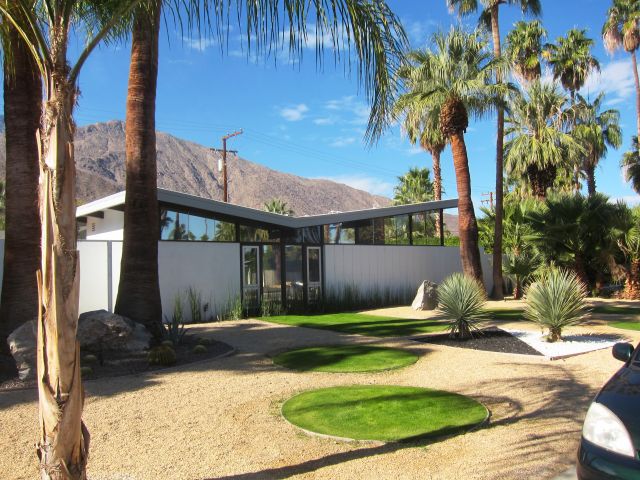 |
|
|
If you’ve ever visited Davis, about an hour from the Bay Area and a half hour from the state’s capitol and home to a fine university, you know it’s a delightful little place filled with fine neighborhoods.
But as historian Kara Brunzell systematically cruised the town seeking, among her other goals, to determine which neighborhoods might qualify as historic, she wasn’t finding much. “Mostly there were middle-of-the-road ranch tracts without tons of architectural merit,” she says.
She focused primarily on post World War II, as previous surveys had considered earlier neighborhoods.
But then there were the mid-century modern houses developed in the 1960s and early 1970s by the Streng Brothers. Brunzell determined that the sprawling Streng neighborhood of University Estates – along with only one other, much smaller neighborhood in town, Elmwood Park – “appears eligible as a local historic district.” She also said the Streng tracts might qualify for state and national designation.
“Maybe each [home] is not an architectural landmark,” she said, “but the architecture is distinguished enough, and this neighborhood has retained integrity. We did find it eligible as a district.”
Across California, but especially in Silicon Valley, where skyrocketing real estate process are threatening the integrity of modern neighborhoods, people are thinking about ways of preserving the tracts that they love.
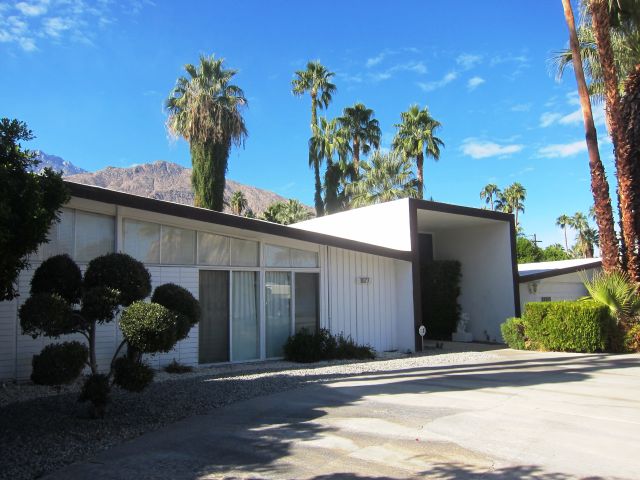 |
|
|
Obtaining historic designation, on the local, state, or even national level, is one strategy. But, as a seminar recently put on at the California Preservation Conference shows, determining whether a neighborhood really qualifies as historic can be hard. Much of the difficulty comes from deciding whether an area has kept its 'integrity,' which can involve some subjective judgments.
In Los Altos, an effort is underway to create a historic district for Eichlers. In Orange, an effort is also being made to add three Eichler neighborhoods to the National Register of Historic Places. People in those neighborhoods face the same challenges of showing that their neighborhoods are historically important and architecturally significant, while retaining enough originality to represent that historical value.
The aforementioned seminar, which took place in April, featured Brunzell describing her authorship of ‘Davis, California: Citywide Survey and Historic Context Update’ in 2015. Brunzell runs her own firm, Brunzell Historical. Her efforts may lead to the creation of a local historic district in the Strengs’ University Estates neighborhood.
The event also featured architectural historians Sian Winship and Christine Lazzaretto (a principal with the Historic Resources Group in Pasadena) talking about a citywide survey they have undertaken on Palm Springs.
Their talk focused on three neighborhoods – two designed by Palmer & Krisel for Alexander Construction, Twin Palms and Racquet Club Road Estates; and Sunmor, which was developed by several teams of architects and developers.
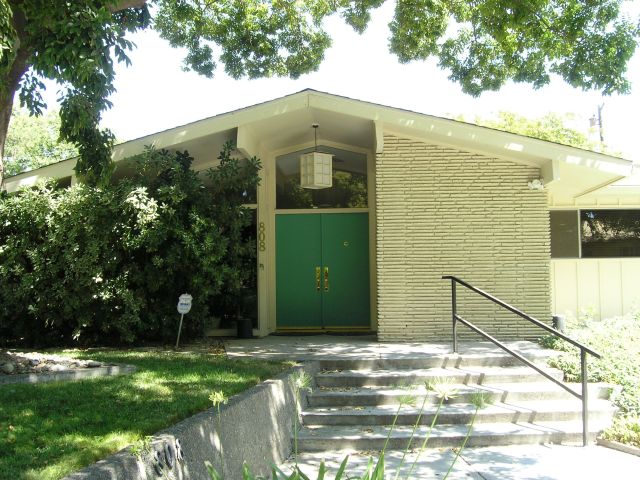 |
|
|
They stated that Twin Palms had enough architectural integrity and historical value to qualify as a district on the National Register. The much larger Racquet Club tract, though, would not qualify for any designation because so many of the homes had been altered. Sunmor, they suggested, could become a local historic district.
For Racquet Club Road Estates, they suggested the city create a single-story overlay zone or employ other mechanisms to ensure that the neighborhood retains the significant amount of integrity it still has. They noted that, like Twin Palms, it has experienced neither teardowns nor second-story additions and still has the feeling of a mid-century modern neighborhood.
What the talks made clear was, even if your neighborhood looks pretty intact on a quick inspection, say while walking the dog, it’s the details that matter – and if enough homes have been changed, it may be bye-bye historic district.
The talks also made clear that architectural historians, or at least this pack of them, are rooting for your neighborhood.
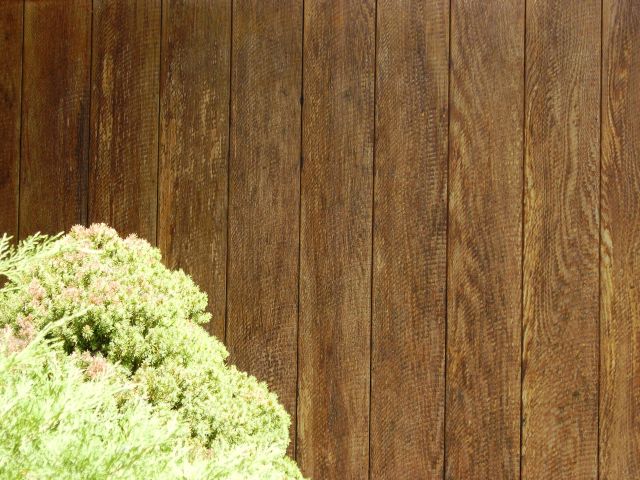 |
|
|
Brunzell described surveying Streng homes from her car and spotting a homeowner working on his home which, like many post-and-beam homes, features projecting ceiling beams as a prominent feature that most owners appreciate.
“Terror strikes your heart,” she said, to knowing laughter from the largely architectural historian crowd, “when you see the homeowner with a ladder on his house, and sure enough he’s put on a fascia board so you can’t see those horrible projecting beams anymore."
“Hopefully,” she added of the change, “that’s reversible,” meaning that the exposed beams could be re-exposed by a more architecturally sensitive homeowner later on.
Judging whether Streng homes are original, or retain 'integrity,' in the jargon, is harder than say, with the Alexanders of Palm Springs or with most Eichlers. That's because unlike these developers, Brunzell noted, Bill and Jim Streng lived among their buyers and were willing to change plans, siding, and more if asked.
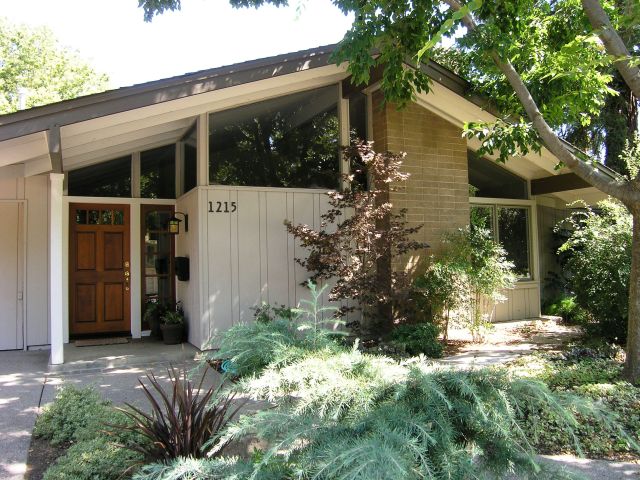 |
|
|
As Allen Lowry, an architect who lives in University Estates and has evaluated its homes, says, “As a company selling houses, [the Strengs] would have stock plans, like eight basic plans, and 40 options for each house, including odd ones like a wood stove. You could opt for a wood stove, as opposed to a fireplace.”
So, if you're in a Streng neighborhood and you spot a house that looks like no other, that doesn’t necessarily mean it was remodeled later.
In Palm Springs, Christine Lazzaretto said, the historians right away had to give homes a pass for one significant change maybe 90, 95 percent had undergone – turning their carports into garages.
“If we decided that that was a deal breaker,” she said, “then there wouldn’t be any historic districts.” Rather than getting hung up on details, she said, while emphasizing how important details can be, the goal is “evaluating the neighborhoods as a collective whole.”
She noted “how these places all have a real sense of time and place. When you drive in some of these neighborhoods in Palm Springs, they feel like 1956.”
This post is part of a series about the challenges of creating historic districts of modern homes. As residents of modern neighborhoods confront teardowns, second-story additions, and other inappropriate changes, going the historic route is one strategy, along with seeking zoning changes, and educating neighbors about the value of their homes. We welcome comments from readers.
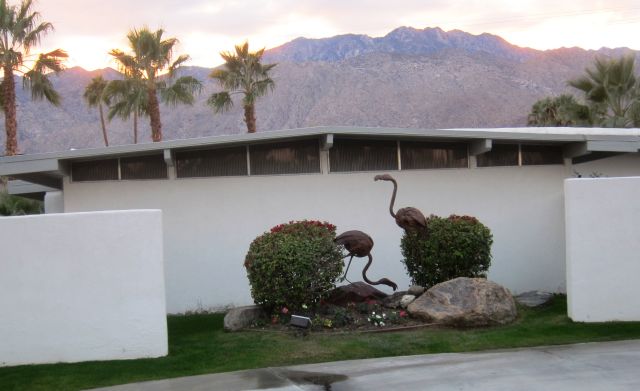 |
|
|
- ‹ previous
- 350 of 677
- next ›



